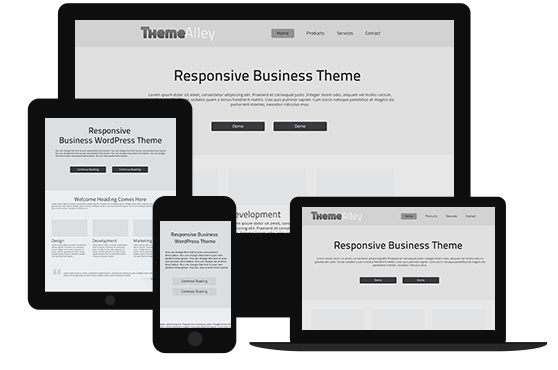After years of living, we can’t deny the fact that what’s inside this Earth moves in a very fast pace. As time goes by, almost everything in this world is designed to be fast and easy. Remember when we used to look for a taxi if we don’t have much time to take a bus? I admit, life back then was very difficult, especially for me who lived in a very small village in my hometown. Even though I have a car, if the car is used by my parents, I have no choice but to take other transportation if I need to go somewhere. However, the hardest part of taking other transportation back then was the part where I had to find it. Living in a small village has its advantages and its drawbacks as well. While the air is cool and calm there (no pollution, no big buildings), taxis and buses are rare to find. Imagine if I was in hurry and no transportation passing the area. Sometimes I would call the taxi company but they always told me to wait for their call as they were also looking for the nearest taxi in my area. Thankfully, not long after that, my suffering finally met its end. Online transportation is now available in this world. Calling for a ride has never been this easy and fast before. I can get a ride in no later than 10 minutes. Thinking about this reminds me of my job. As a person who works for a web development, web design and SEO agency, I often have to face difficulties when it comes to website errors. Well, not really me, technically, since I am a content writer, not a web developer, but say, if there was an error in a website speed, I was also indirectly affected because people would get a hard time finding the content I have written, right? Therefore, we need to pay attention to details when it comes to website. Think about the last time you encountered a slow-loading website. You might have closed out the browser tab entirely or felt less inclined to patronise the site once it finally loaded. Don’t worry; if you have a business with a website as well as hiring a web developer, I’ve got a solution for you in this article. Keep reading to find out!
Before we begin this guide, first there is something you should do; find out if your website is really slow. One way to find out if your website is slow is to open a new private browser tab on your computer or mobile device, then type in your URL. Use a stopwatch to find out how quickly (or slowly) it loads. While his isn’t the most scientific approach, it’ll give you a general idea. If your website takes 10 seconds to load by your count, you know you have some work ahead of you. Once you are done with the testing, you have to…
Optimise image loading
Ever seen that circle spinning around when the image is loading? Oh, we all hate that. The easiest website speed optimisation tip for images is to upload the smallest possible version of your image for your site. For example, that your blog pages are 700 pixels wide. You would want to restrict your images to that width for optimal speed. However, make sure the images are not too small either. Test different image sizes on your site first to make sure they render appropriately on all screen sizes. After this step is done, start…
Optimising Javascript
Unless you know how to code, you will need a developer for this process. Javascript can prove fragile, and changing the wrong thing might break your site. Javascript allows you to put interactive elements on your website. For example, many forms work off a combination of Javascript, CSS, and HTML. If the Javascript has too much weight or is not optimised for speed, browsers will struggle to load and render it. That’s why it is important to keep communicating your needs to your web developers so that when you find troubles in your website, you can advise your web developers to fix it especially when it comes to coding and Javascript. Now let’s get to the next part.
Check your plugins
If there are too many plugins on your website, it will likely slow down your website in the long run. The browser has to understand what all those plugins mean and how to assimilate them with your website itself. Too often, business owners and marketers install every plugin that looks like it might do something fancy. Worse, when they deactivate those plugins, they don’t delete them from their WordPress installation. For that reason, communicating this with your web developer is very important.
Page speed is one of the most important considerations when it comes to optimising your website. You want your visitors to get your content quickly and navigate to different pages as easily as possible. Remember, consumers have short attention spans. You don’t want to give them a reason to exit your site before accessing the important content on your website.


